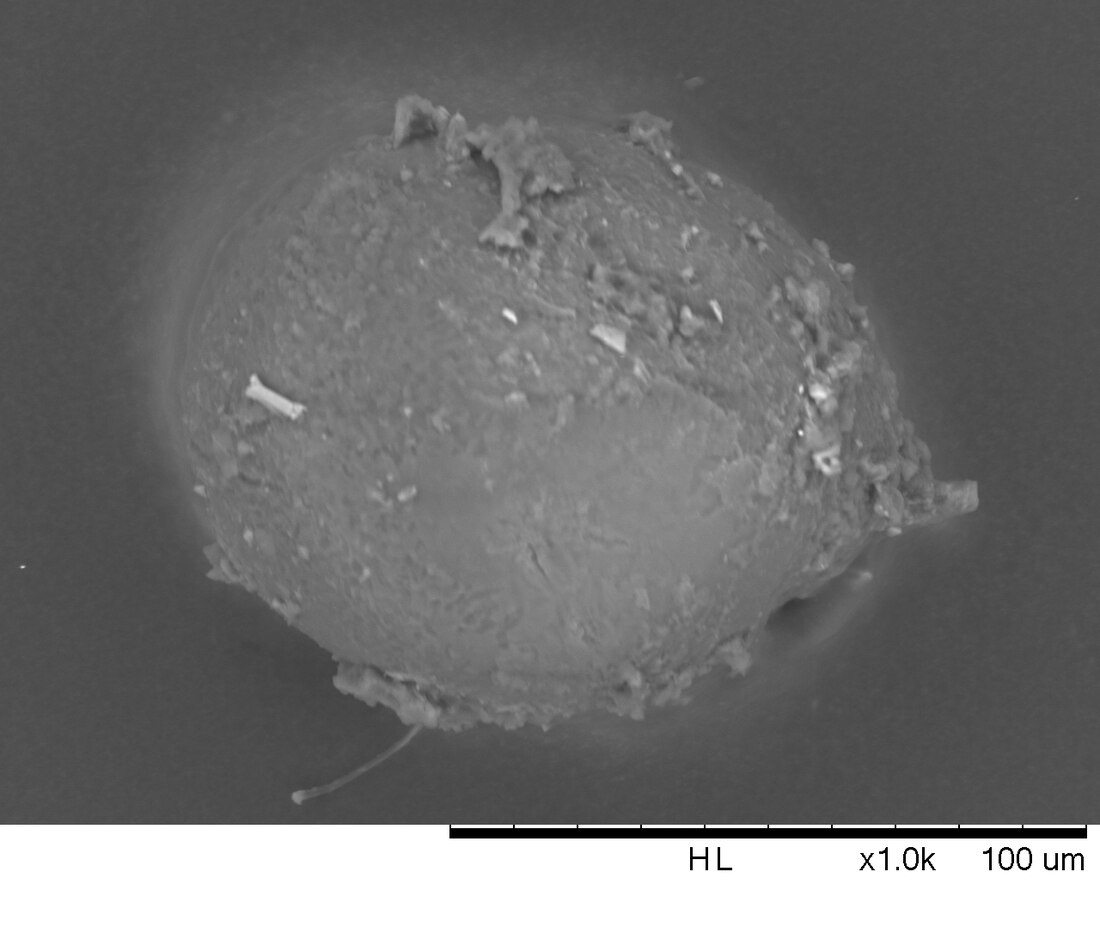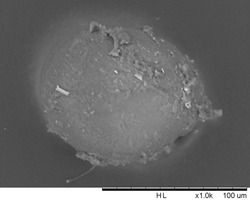Top Qs
Timeline
Chat
Perspective
Glomerales
Order of fungi From Wikipedia, the free encyclopedia
Remove ads
Glomerales is an order of symbiotic fungi within the phylum Glomeromycota.
Wikispecies has information related to Glomerales.
Remove ads
Biology
These fungi are all biotrophic mutualists. Most employ the arbuscular mycorrhizal method of nutrient exchange with plants. They produce large (.1-.5mm) spores (azygospores and chlamydospores) with thousands of nuclei.[2]
Phylogeny
All members of their phylum were once thought to be related to the Endogonaceae, but have been found through molecular sequencing data, to be a closer relation to the Dikarya.[3] Their fossil record extends back to the Ordovician period (460 million years ago).[2]
Meiosis
Glomerales fungi were thought to have reproduced clonally for several hundred million years and are therefore an ancient asexual lineage.[4] However, homologs of 51 meiotic genes, including seven genes specific for meiosis, were found to be conserved in the genomes of four Glomus species.[4] Thus it now appears that these supposedly ancient asexual fungi may be capable of meiosis and perhaps also of a cryptic sexual or parasexual cycle.[4]
Orthography
The family name Glomeraceae upon which this order level name is based, was incorrectly spelled 'Glomaceae', hence the order name was incorrectly spelled 'Glomales'. Both are correctable errors, to Glomeraceae and Glomerales, as governed by the International Code of Botanical Nomenclature. The incorrect spellings are commonplace in the literature.
See also
References
Wikiwand - on
Seamless Wikipedia browsing. On steroids.
Remove ads

